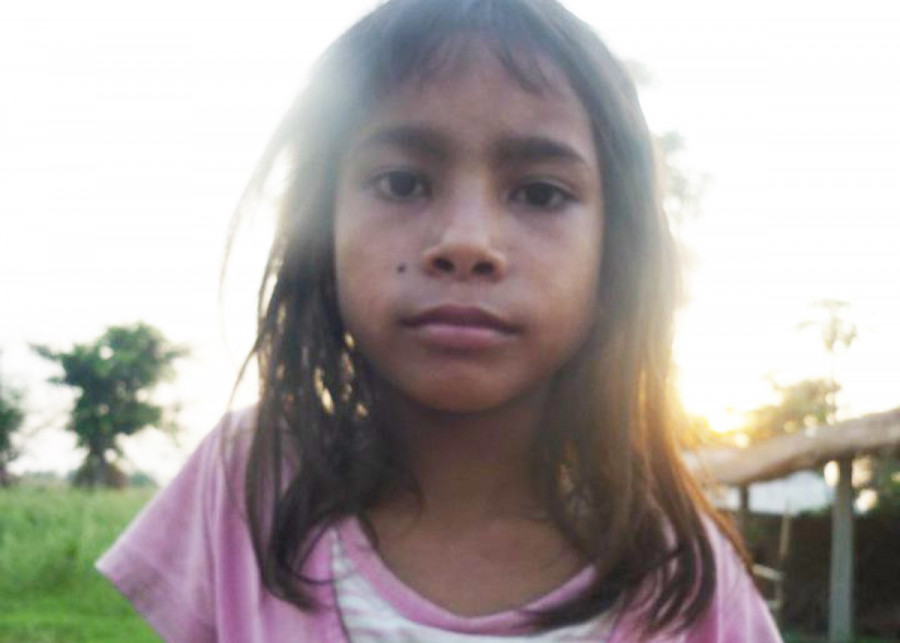Save the Girl, Save the World
The Search for a Missing Nepali Orphan by Concordia Film Crew
In a little orphanage in Nepal with only six kids, Mitchell Luis met a smiling 10-year-old girl named Esther.
A Hollywood narrative to a tee, they really connected. Even after he left and returned home to Canada, he kept an eye on the young orphan through other volunteers; to keep alive, in memory, a little girl from across the world.
A few months ago, Esther stopped appearing in pictures from the orphanage. When Mitchell called and asked the staff, they refused to tell him what happened to her.
Now, Mitchell is going back to find answers—much as the Hollywood story goes.
But this story is real. It has real consequences, real lives in the balance. Esther was born with HIV, and her time may soon—or may already have—run out.
What’s worse, according to the filmmaker documenting Mitchell’s search, is that this removal of all traces of Esther could be complicit; happening to other orphans all over the country.
“For him, it was a pilgrimage going there the first time, and this is like a second pilgrimage going there to find this girl—and that’s why we’re going,” said Philip Fortin, director of the upcoming documentary What happened to Esther?
The film will pin itself to the journey of Luis tracking down Esther. But there is more to understanding Esther’s disappearance, according to Fortin, also a Communications student at Concordia.
To tell Esther and Mitchell’s story properly, however, not only must the spread of HIV and AIDS in Nepal amongst both the old and the young—those born with the virus, like Esther—be addressed, but also other cultural and socioeconomic factors, said Fortin.
The stigma surrounding the HIV virus might also explain aspects of Esther’s disappearance. Julia Milz, a producer of the project, said that the creative team has hypothesized that Esther might have been moved to another orphanage, only for children with HIV or AIDS. Or worse. Nothing is off the table, she said.
“When someone is diagnosed with AIDS or HIV, they are seen as unholy [in Nepal],” said Fortin.
“You are being ostracized […] because there is not a lot of awareness of how HIV is contracted, so people have this idea that HIV is this devil spreading among people,” added Milz.
Esther’s parents died from the disease when she was a baby.
Fortin and Milz, along with producer Colin Riendeau, hope to bring this context to Esther’s story when the production team embarks with Luis at the beginning of next year.
The film has yet to secure its entire budget, however. To help raise money, the film was ascended to the Top Five of the Cuban Hat documentary funding competition. They will be pitching their story to a live audience on Wednesday at the Cinémathèque québécoise. Votes can also be sent online.
Though winning the competition would be great, Fortin and his team have bigger ideas—and thus, a need for a bigger budget— than the earnings provide.
For those looking to help or just to hear more about their story, a fundraiser is happening Friday at the Galerie Dentaire (1239 Amherst St.) at 8:00 p.m. Other works by Fortin and his collaborators will also be on display.


_600_832_s.png)

